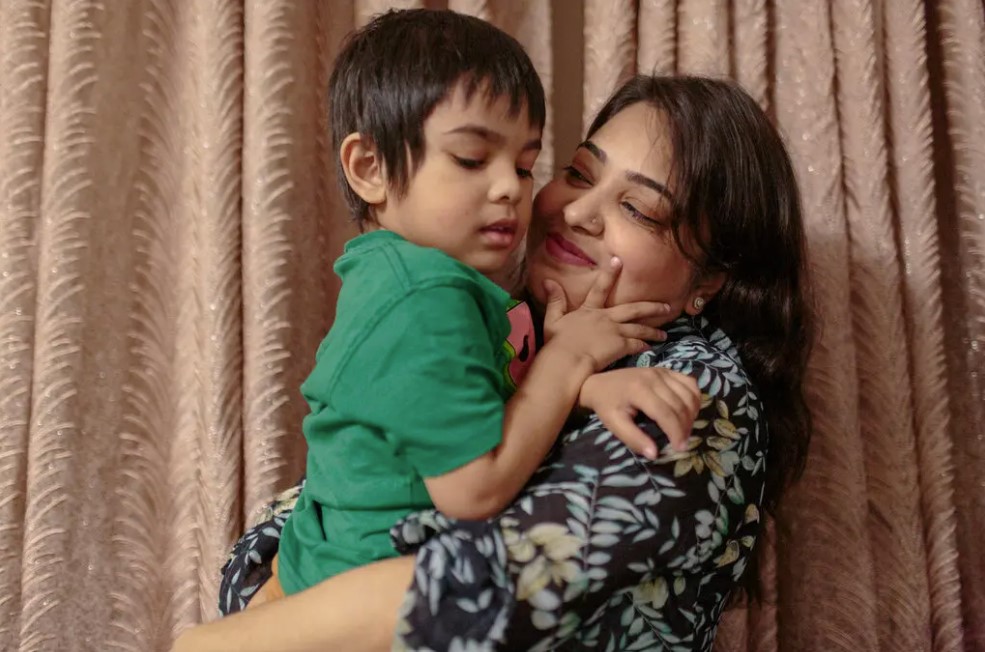
The New York Times | Taslima Amjad has called, emailed or visited government offices in New York City nearly every day for months, in search of help for her 3-year-old nonverbal son.
Her son has physical difficulties and developmental delays and needs one-on-one help and therapy sessions to learn. He also has the right — enshrined in federal law — to attend a special preschool class with only six students, for free, to get that support.
But this school year, officials told Ms. Amjad that no spots were available. Months later, he remains in a regular large class of about 15 students. He is not eating his lunch and rarely participates. Until recently, the program required him to leave early — at 11 a.m. — since his teacher is unequipped to support him.
“They have no idea how much my son is suffering,” said Ms. Amjad, who lives in the Bronx. She added: “I cry all day, every day.”
The family is searching for a special education preschool spot a year after Mayor Eric Adams pledged to provide access to every student who required it. While many 3- and 4-year-old students with disabilities learn with their general education peers, those with more advanced needs are often entitled to small classrooms with additional staff.
But at the end of last school year, more than 1,110 children were waiting for a seat, according to Education Department data released this week. Over 40 percent of preschool students never received a single session of a required support service — like speech therapy — in their special education plans.
The gaps are emerging as financial challenges threaten the city’s broader network of prekindergarten services. Many special education seats are paid for through federal pandemic relief dollars, which expire next fall. Officials have not offered a plan for maintaining the spots.
Thousands of other seats for free preschool for 3-year-olds will also be eliminated after the mayor announced separate budget cuts last month.
Nicole Brownstein, an Education Department spokeswoman, said in a statement that every student “deserves access to the programs and resources they need to succeed” in school. Officials are working to place students in “programs that will best suit their needs and working closely with our contracted partners to find ways to bridge any gaps,” she added.
New York City’s prekindergarten programs grew into a national model under former Mayor Bill de Blasio. But he was also criticized for the lack of suitable seats for children with disabilities — who make up 20 percent of the overall public school system — even as the program added tens of thousands of general education seats.
At a news conference last December, Mayor Adams pointedly criticized the previous administration. He said the disparities were evidence of dysfunction “at its highest level” and promised to fix them. Every preschool special education student, he said, would “have the supports they need to flourish” by the spring.
“The previous ideas of universal 3-K and pre-K did not account for children with disabilities,” the mayor said at the time. “It was unfair, and it was wrong.”
One year later, though, the city has failed to follow through on Mr. Adams’s pledge.
During his administration, the city used expiring federal pandemic aid to open more than 700 spots and help close gaps but left hundreds of other students waiting. At a crucial developmental period, those children were missing hundreds of hours of specialized classroom time that could help improve their future performance. The list typically grows significantly during the school year, as more children are identified as needing help.
With the school year only halfway through, “the problem’s only going to get progressively worse,” said Betty Baez Melo, who leads early childhood work at Advocates for Children, which works with families that lack seats.
Many children with severe autism are assigned to classrooms with five other students, one teacher and two assistants. But in Manhattan, the Bronx and many sections of other boroughs, no spots are left in those classrooms.
In the Bronx, Kathia Morales worries her 3-year-old son, who has autism, is being left behind.
His special education plan mandates a small classroom. But since September, he has often been cared for by his grandmother while Ms. Morales, a single mother, works. They are struggling to navigate his speech delays and behavioral challenges alone.
“I’m at a loss because I don’t know what else to do,” Ms. Morales said, as her voice broke. “Time is being wasted. It’s not fair for him,” she said, adding, “I don’t think they’re taking this as serious as they should be.”